Chaperoning at Glacier Ridge
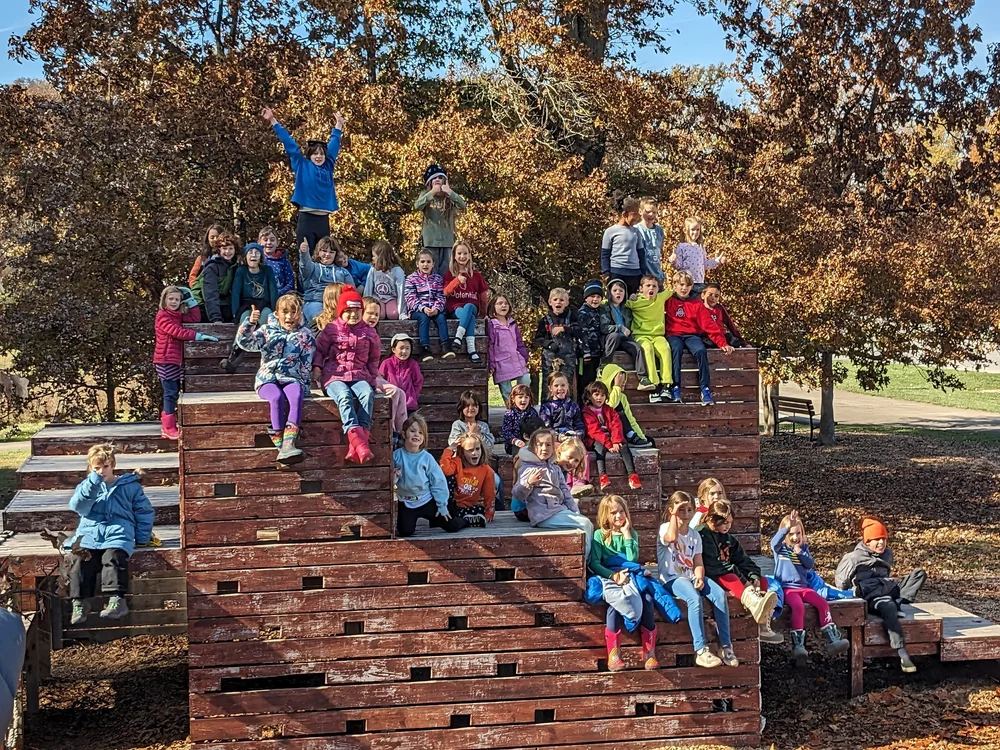
The big yellow school bus pulled up to the 1,032 acre park – once covered in farmland, and before that, debris left by retreating glaciers. ROCS had arrived at Glacier Ridge Metro Park.
“What did your student think of the bus?” I asked Jay, a new ROCS parent this year who chaperoned the field trip. His Chickadee was among the students just itching for their turn on the coveted transportation.
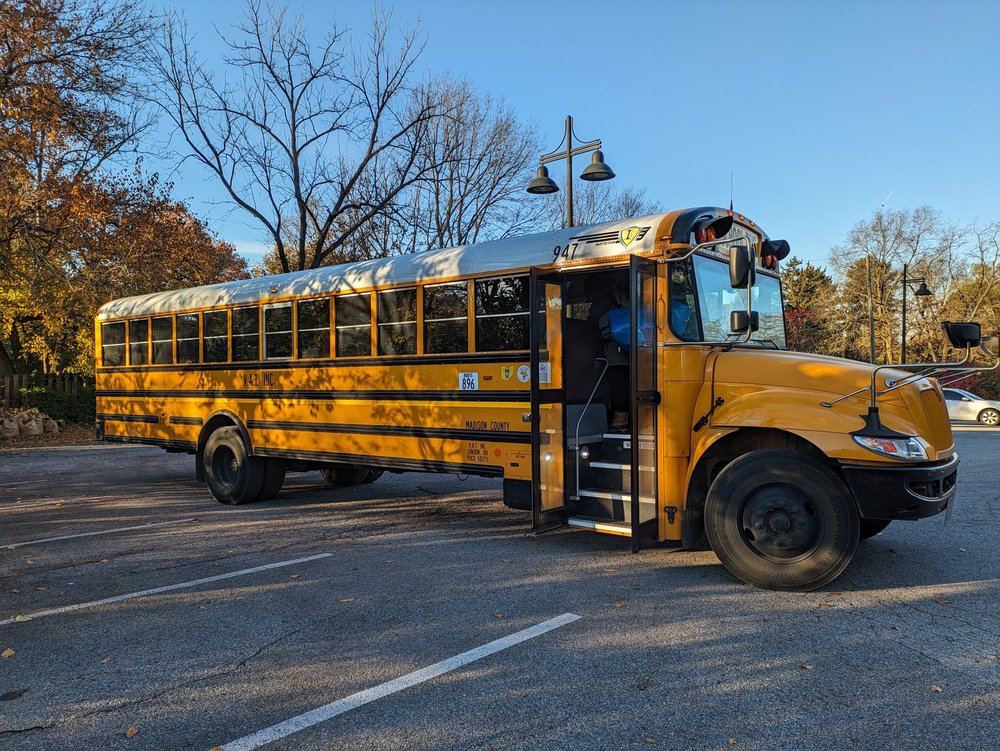
“I was telling Cheryl [ROCS manager], the bus ride was basically a field trip of its own. That was their favorite part. You’re doing it right; just let’em ride the bus. Boom! Checked like 90% of the boxes for those kids.”
The bus was procured through a grant created just this year, called the Park Connect Grant through Friends of Metro Parks. It helps groups and organizations secure and offset funds from transportation to marketing to food for an outing at a metro park.
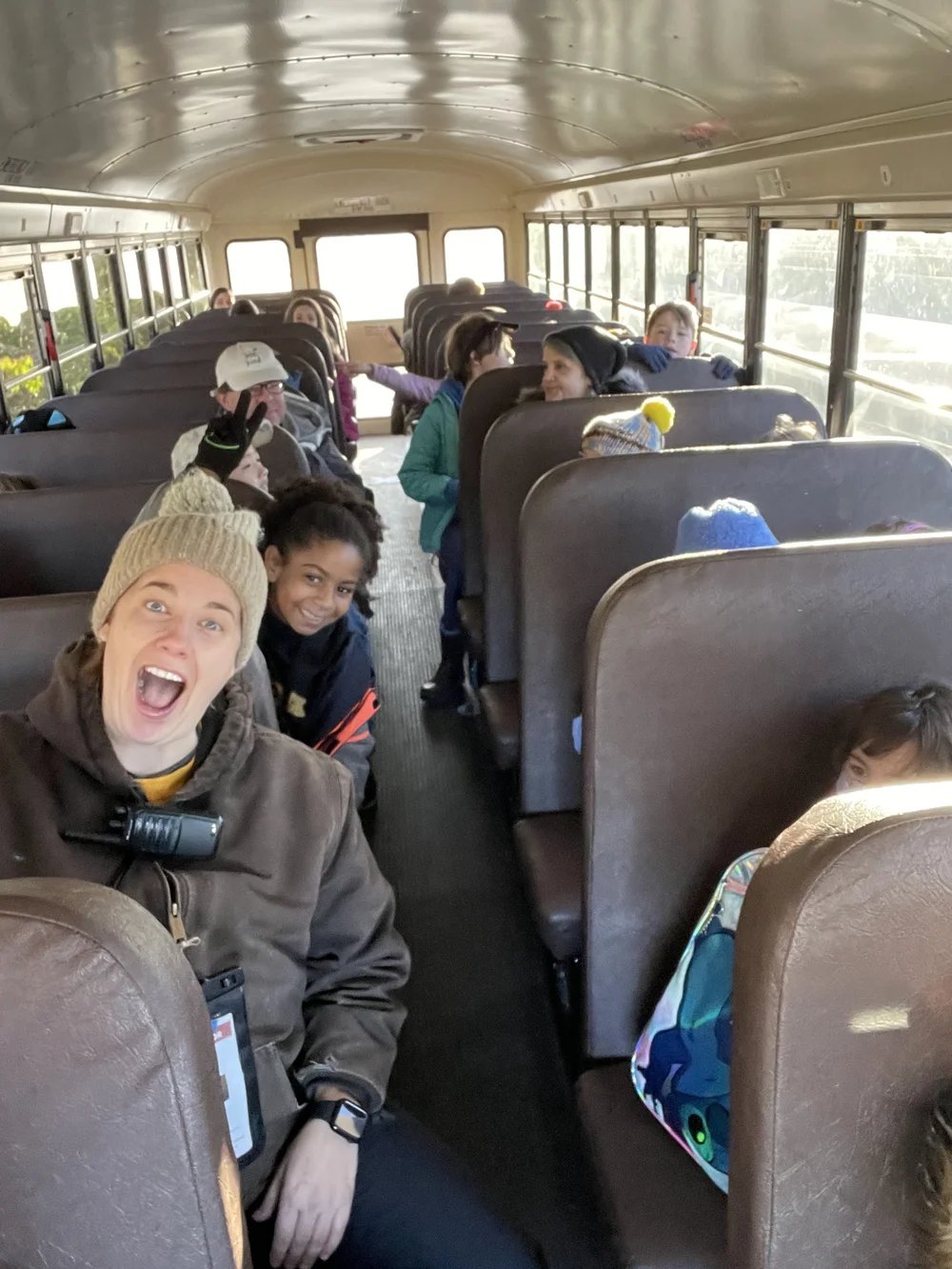
Jay didn’t ride the bus, but he was still impressed by his drive in.
“I’ve never been to Glacier Ridge. I’ve heard of it, but I’ve never actually been there. It was really, really cool to see everything. Just driving in to see the park itself, just to see all the things it had going on – but then the actual activities that we did, I was just completely blown away by it.”
One of the first activities the kids had was a talk with Jim Dziatkowics, the Director of Planning and Landscape Architecture at EMH&T, who had taken time out of his day to meet ROCS at Glacier Ridge. In addition to making fun connections – one of the students mentioned going to a playground with an elevator and it just happened to be of Jim’s design, the kids were asked some thought provoking questions about the playground there. Jay, previously a Preschool and Kindergarten teacher, had some interesting takes on the conversation.
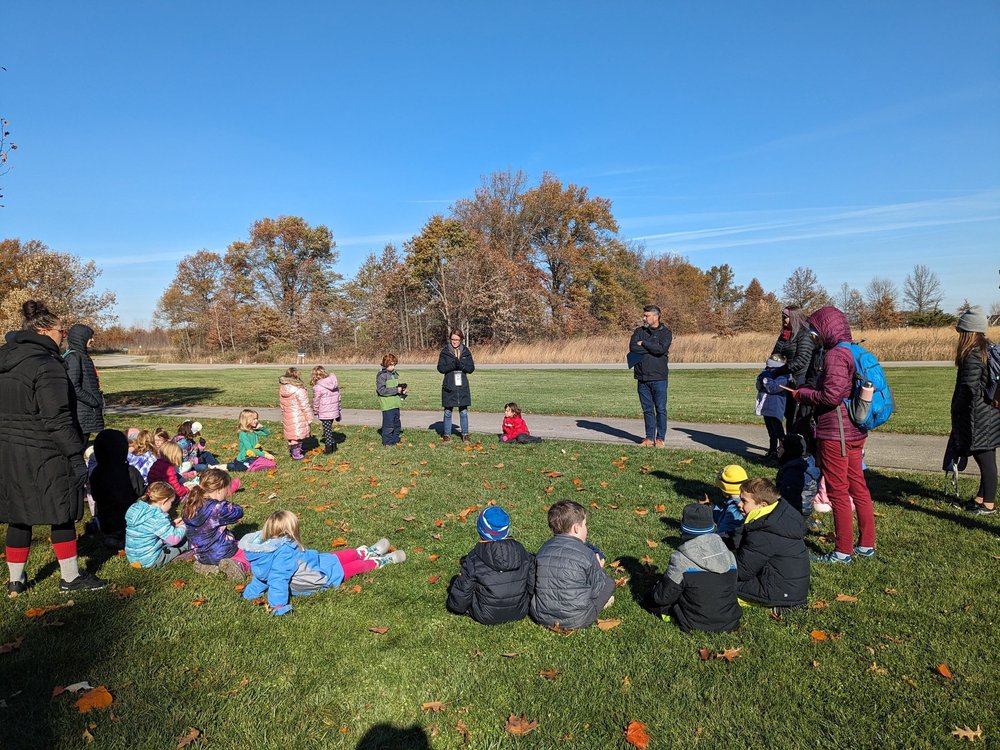
“As a former educator who worked with kids, understand – kids are naturally very selfish. It’s harder for them to think outside of themselves and so, when we were talking to Jim about landscape architecture and how to design the playground he was kind of breaking it down: ‘Okay, when we think of the playground what are the different things we are thinking about? How do we design this? How can we include everybody?’
“Kids were saying, ‘Well, you know, a person who is in a wheelchair is not going to be able to get to the top of that playground. How are they going to get to that? Or if somebody has crutches, how can they get to here?’ Some little boy said something about how his caregiver has crutches and so it’s really cool to see them thinking about that kind of stuff in regards to that playground.”
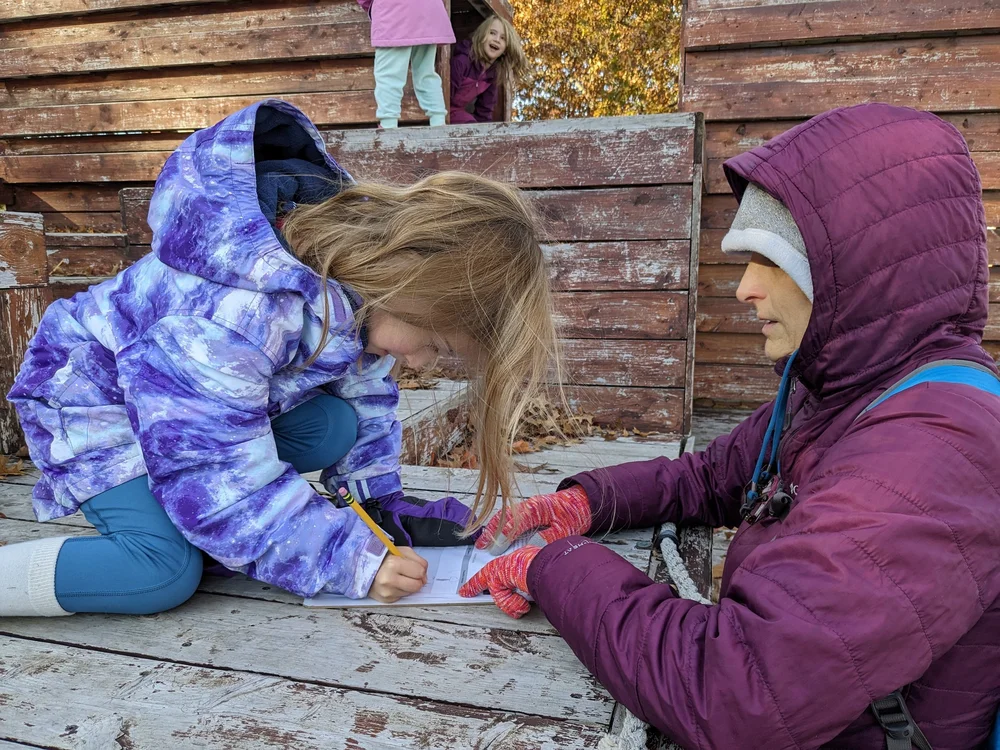
“I was also kind of impressed, the kids were talking about getting a wheelchair up there, and my son was like : ‘Well if we put a ramp down here…’ Oh okay, buddy, alright. I like the higher level thinking and problem solving. I didn’t expect it at all because I haven’t really talked to my son about that. It’s really interesting, and I was like, yes! – I wish I could have done this kind of stuff when I was teaching, and had the opportunity to do that.
Encouraging that higher level thinking with the kids, especially at such a young age, is huge. It’s difficult to do. I always tried to do that with my kids when I was a teacher, but we had so much stuff to cover; we didn’t have any spare time for anything. “
To be fair, this isn’t the kids first rodeo in playground design. Before the field trip, the kids had an engaging zoom talk with Ingrid M.Kanics, from Kanics Inclusive Design Services, LLC, about accessibility in playgrounds. She gave them a few tips to look for to see if a play space is inclusive (Can everyone use this? How much energy does it take? Can you do this without arms and legs? Are there quiet spaces?)
ROCS social justice focus this year is disability justice and connecting with differently abled people. The next step in this particular project is for the students to come up with ways their own play area might be made more inclusive. (Not just accessible!)
And as any ROCS family knows, the kids are constantly designing their own structures at school. Jay spoke to this a bit, as his first experience with the school was an eye opener:
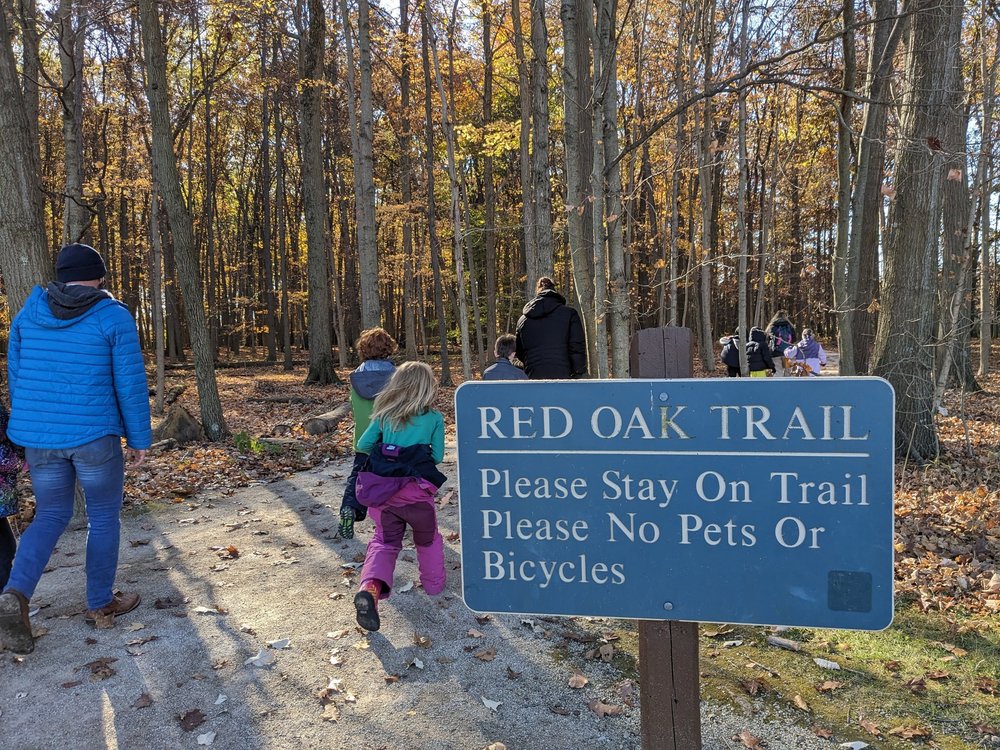
“I had actually not seen the school until my son’s first day, and so I’m looking around on google maps [ahead of time] asking ‘Where’s the playground?’ And so, when I walk in and see these woods I’m like, ‘Oh yeah, that makes perfect sense!’ Seeing how the kids are able to take that and create their own imagination and their own swing set and climbing – all those gross motor activities – it’s so relieving to hear and see that creativity aspect and the kids go with it. “
In addition to the playground talk, ROCS students also went on a nature walk with Jill Snyder, Manager of Visitor Engagement at Glacier Ridge. She took students on a mile long walk to show the old and new growth procured with donation of the land as well as the natural play area, where kids can build, and design with the elements around them.
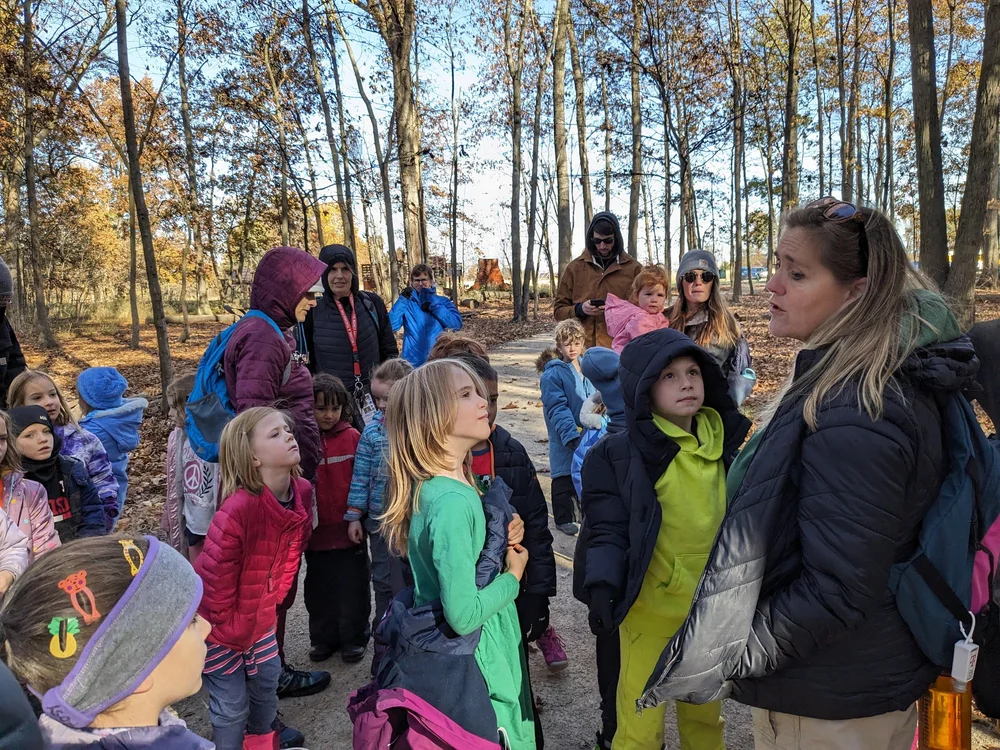
The older groups also went to check out the Wind and Solar Learning Center – that though now defunct with outdated technology, is still a testament to the innovation and education goals of the metro parks. Interesting fact: the project involved writing an agreement to secure interconnectedness between energy companies, paving the wave for future projects. That agreement is now used as the model for agreements in electric cooperatives statewide.

Towards the end of the field trip, there was the obstacle course. A “ 3-acre obstacle course features 12 challenging stations surrounded by a half-mile paved trail. Visitors can crawl through tunnels, climb poles and ropes and go over logs and more.”

I asked Jay if he gave it a go.
“I did a few of the items – I did about half of it. It was a little challenging. It was meant for adults, but it was really cool to see all the little ones trying it. I was cheering them on – they really liked that.”
Tired kids, and probably equally tired adults, then piled back up in the bus and returned to the school. I asked Jay if he would chaperone in the future.
“I had a great time. I really appreciate the questions they were asking the kids and the way they were interacting with the kids. Talking on their level, but also not being afraid to ask these bigger questions that might seem a little challenging to figure out, but seeing what they say.”
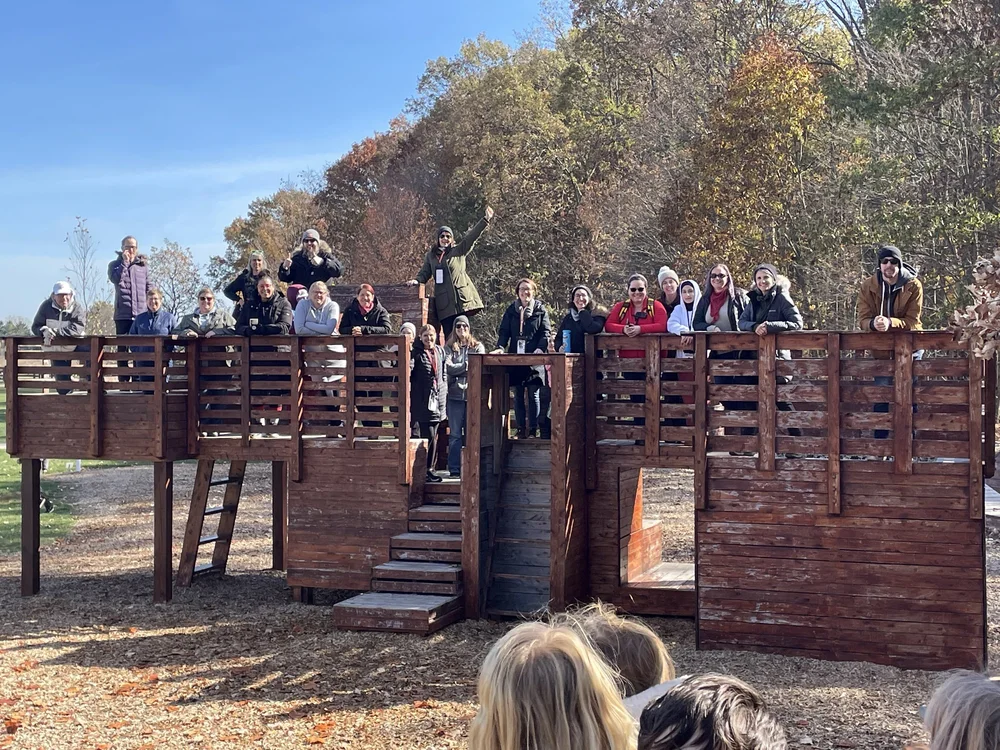
-Celeste Irving , ROCS parent
